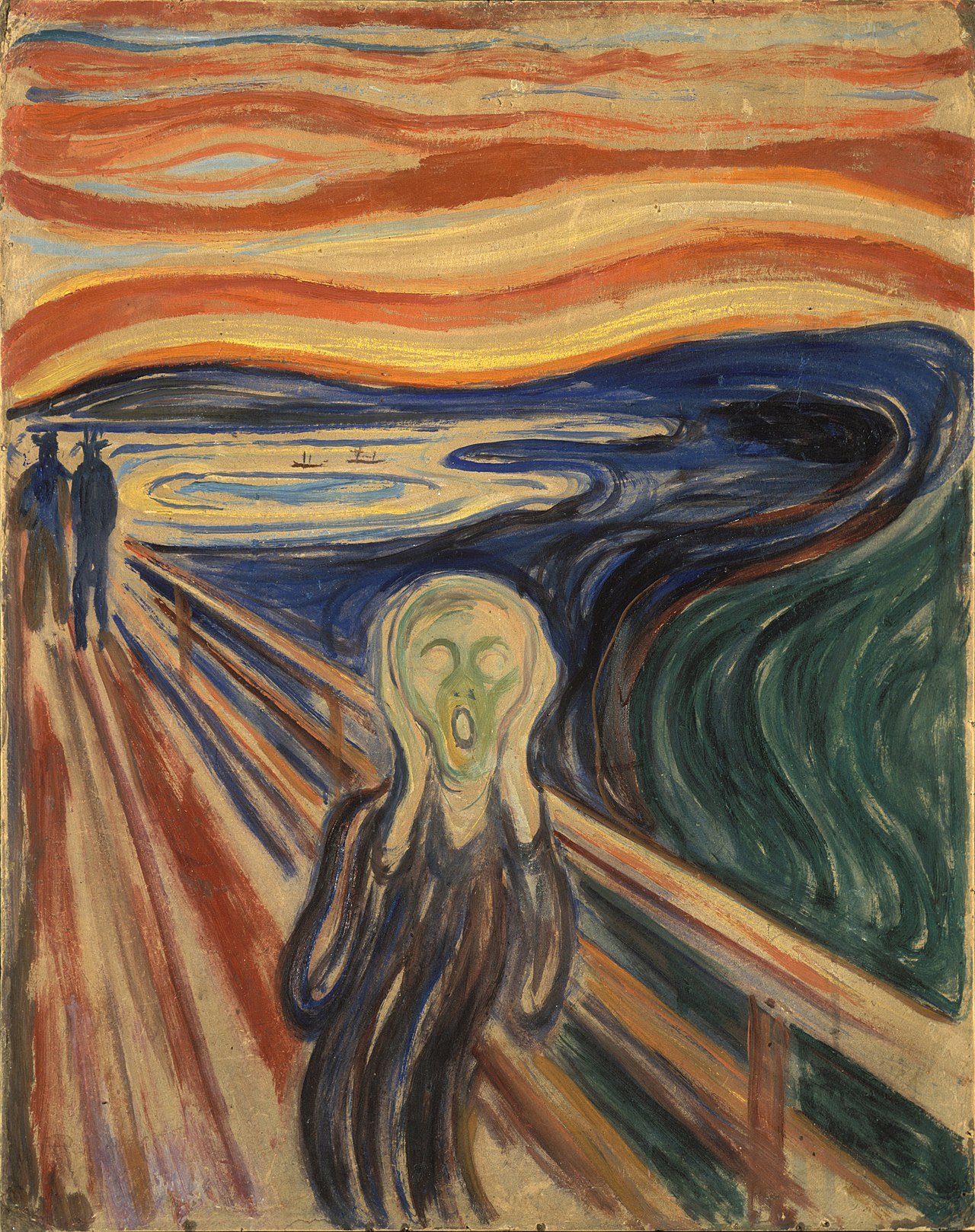
European artists can rejoice with rose-colored canvases because politicians announced on October 28 that the proposed EU-wide ban on cadmium pigment (which is responsible for fiery colors like red, yellow, and orange) will not be enforced.
The Art Newspaper reports that the decision came after several public consultations with artists and printmakers who objected to the limited color palette with which a cadmium-free existence would leave them.
The ban was initially proposed earlier this year after Swedish officials suggested that artists using cadmium pollute the water supply when they rinse their brushes in the sink. According to a report submitted by Sweden to the European Chemical Agency (ECHA), the chemicals could end up in sewage sludge that is then used on agricultural land and turns up in produce.
Image: Courtesy of Mikki Senkarik.
Michael Craine, the managing director of Spectrum Artists’ Paints, told the Independent in September: “Cadmium will have been banned unnecessarily; artists have been hit by a punch that was intended for a bigger fight. Cadmium is not used by amateurs, it is used by professionals who take great care and the product is expensive. Artists are not polluters, it is coming from other sources.”
Craine insists that it is not cadmium paint that is responsible for pollution, but rather nickel-cadmium batteries that have been dumped into landfills. Their sale has been regulated in the EU since 2006, and their disposal is heavily regulated, but difficult to enforce.
Cadmium pigments have been employed by artists since the 1840s, and is responsible for the warm tones in some of the world’s most treasured works, including Edvard Munch’s The Scream, Vincent van Gogh’s sunflowers, and several by Claude Monet.